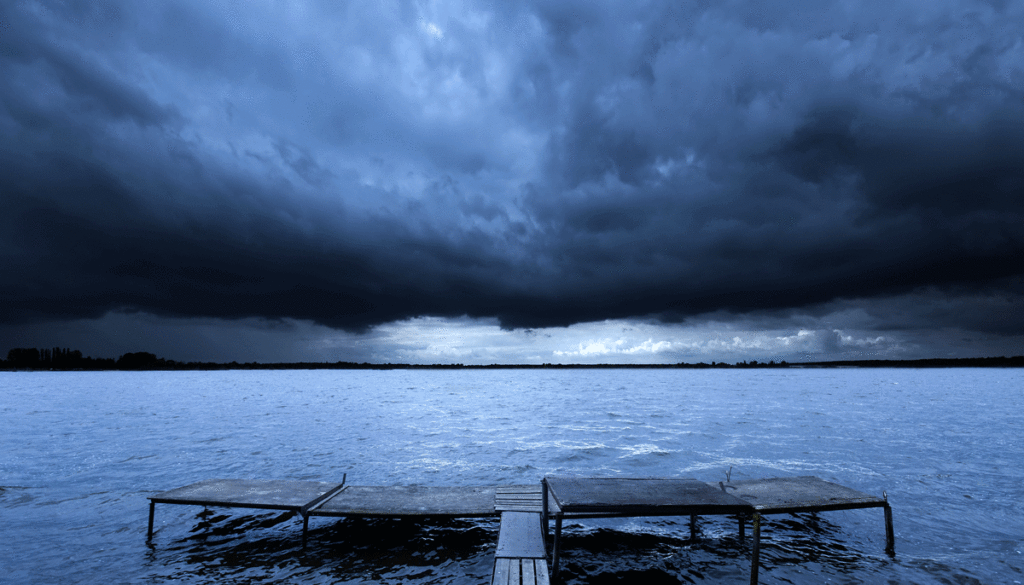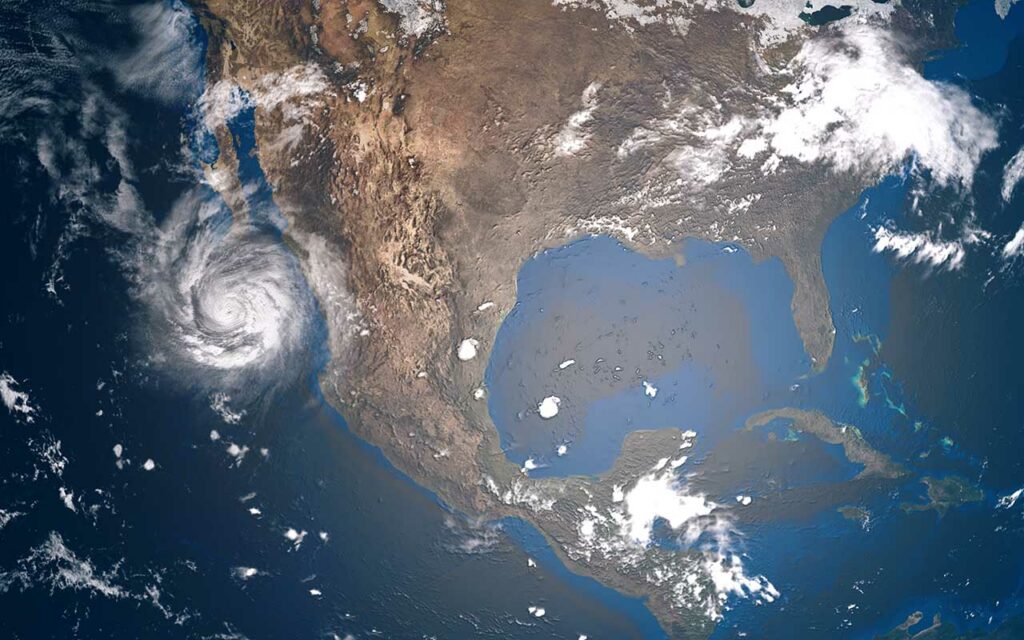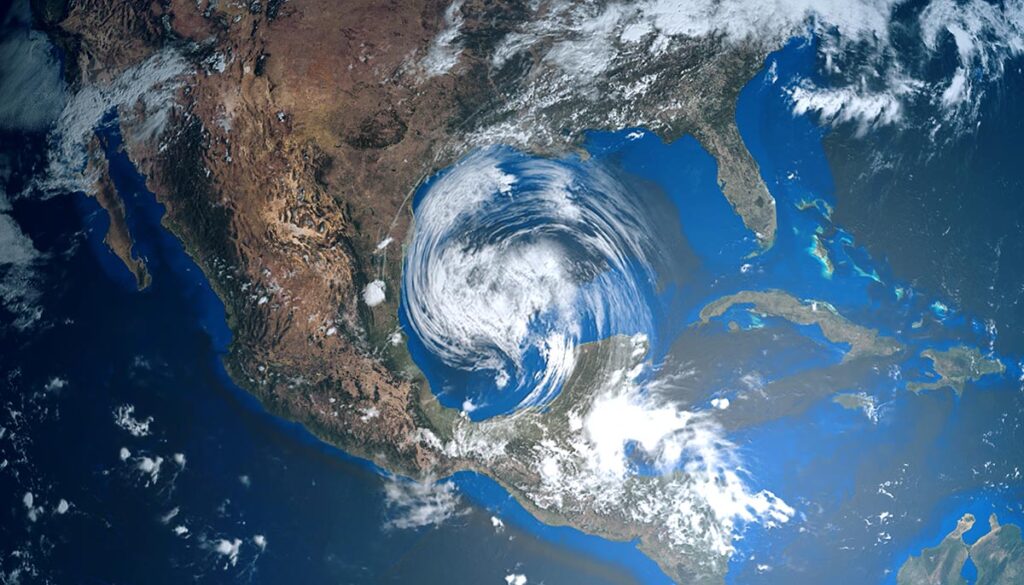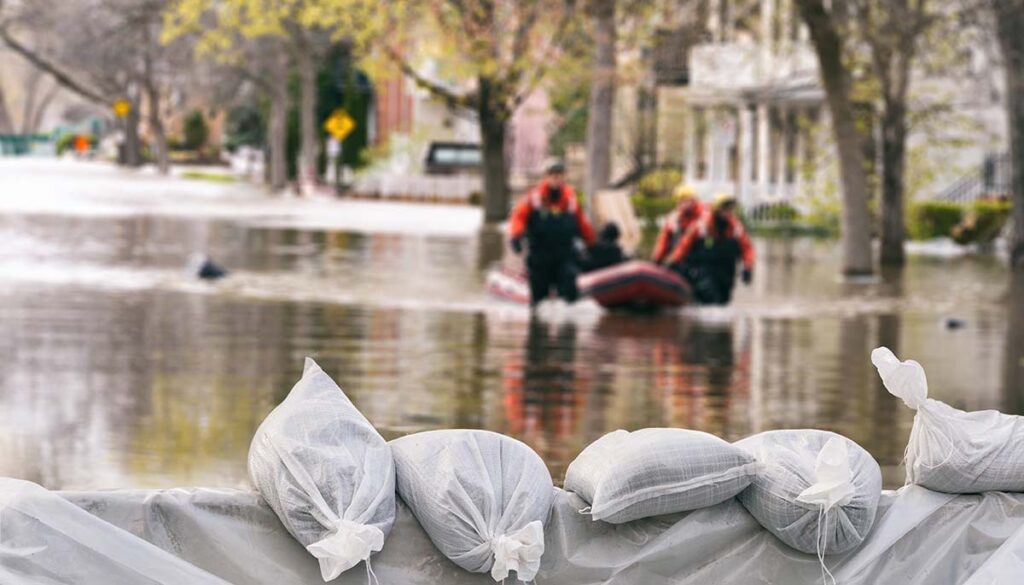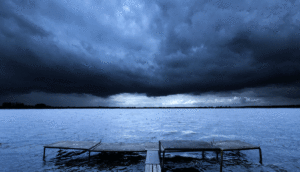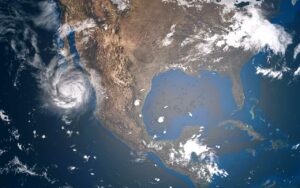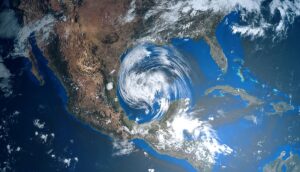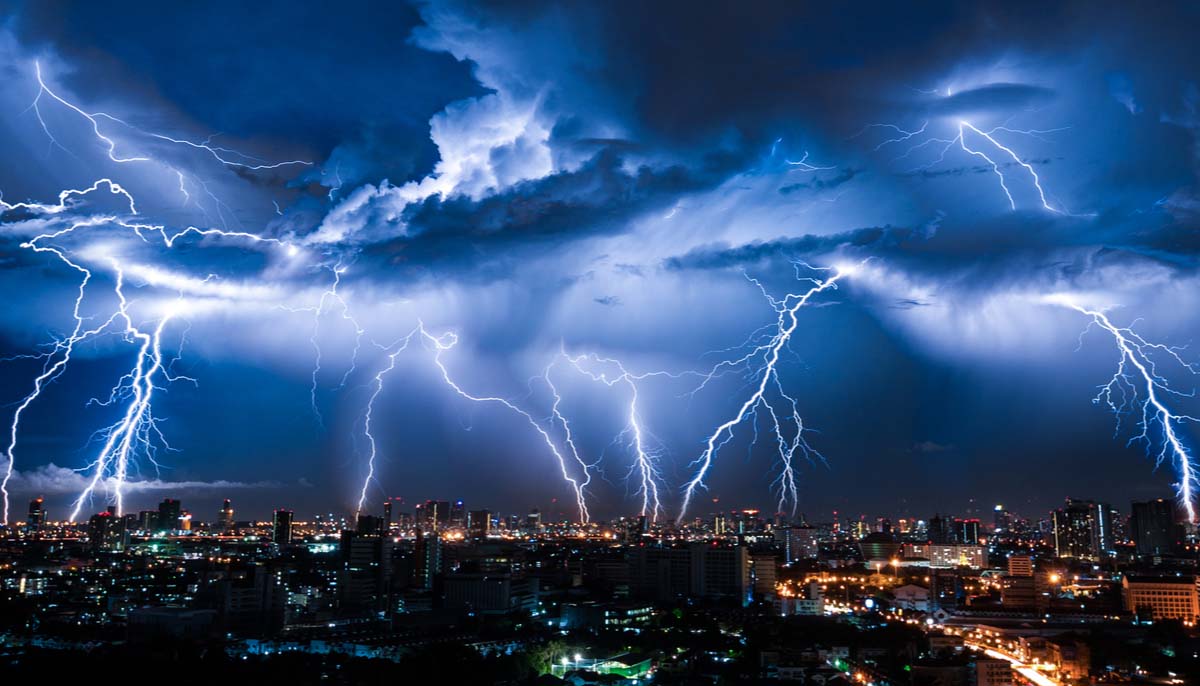On Friday, May 2, 2008, Cyclonic Storm Nargis made landfall in Myanmar. With sustained wind speeds peaking at 135 miles per hour, the cyclone was briefly a Category 4 tropical storm. Upon making landfall in the coastal country, it brought a deadly storm surge, causing catastrophic flooding. Nargis is the deadliest named cyclone to ever form in the Indian Ocean and is likely the fifth-deadliest Indian Ocean storm overall.
What made Nargis such a dangerous weather event? A combination of unprepared villages along the coast and mismanagement by the ruling military junta made the disaster much worse than it could have been.
Storm History
In late April 2008, the North Indian Ocean’s cyclonic season was just getting started. The Inter-Tropical Convergence Zone over the ocean became active on April 27, forming a tropical depression. Meteorologists identified the growing storm as a potential threat to surrounding countries, with the Joint Typhoon Warning Center classifying the storm as Tropical Cyclone 01B.
By April 29, the India Meteorological Department categorized Nargis as a severe cyclonic storm. Over the next two days, the storm became disorganized and listed to the northeast, diverting from its expected course over Bangladesh. On May 1, the storm rapidly intensified thanks to favorable wind conditions and warm waters. On May 2, when the storm made landfall over Myanmar, it was at its peak strength as a Category 4 storm.
Impact on Myanmar
The storm was devastating for the country of Myanmar. Nargis made landfall with a storm surge that reached 25 miles inland. Flooding occurred throughout the Irrawaddy Delta, a densely populated region of villages unprepared for the cyclone. Flooding destroyed homes and devastated the local infrastructure. Sewage pipes burst under the pressure of the floodwaters and ruined rice crops, sparking fears of famine.
The storm has drawn comparisons to the unnamed 1970 Bhola cyclone in terms of intensity and death toll. Like Bhola, Nargis also exposed deep flaws in the ruling military junta of the affected country. The ruling Myanmar military initially refused international aid, to the confusion and outrage of other countries.
The junta allegedly underreported the death toll from the disaster to avoid international outcry. The official death toll sits at just over 138,000 people. However, UN aid workers and other commentators dispute this number. The exact death toll is impossible to determine now, as most of the cyclone’s victims washed out to sea.
Aftermath
The relief effort in Myanmar became an international scandal. A black market for relief items sprung up in the days following the disaster, leading to harsh crackdowns from the military. The government’s stubborn refusal of aid resulted in international condemnation and civil unrest, exposing deep cracks in the junta’s hold on Myanmar.
In 2009, armed conflicts broke out in the northern region of the country, Shan State. Since then, ongoing civil wars have rocked Myanmar as splintered military groups vie for power. The Nargis Cyclone lingers in the country’s memory. As the catalyst to the current period of unrest, the cyclone’s impact on the region will continue to haunt Myanmar for years to come.

